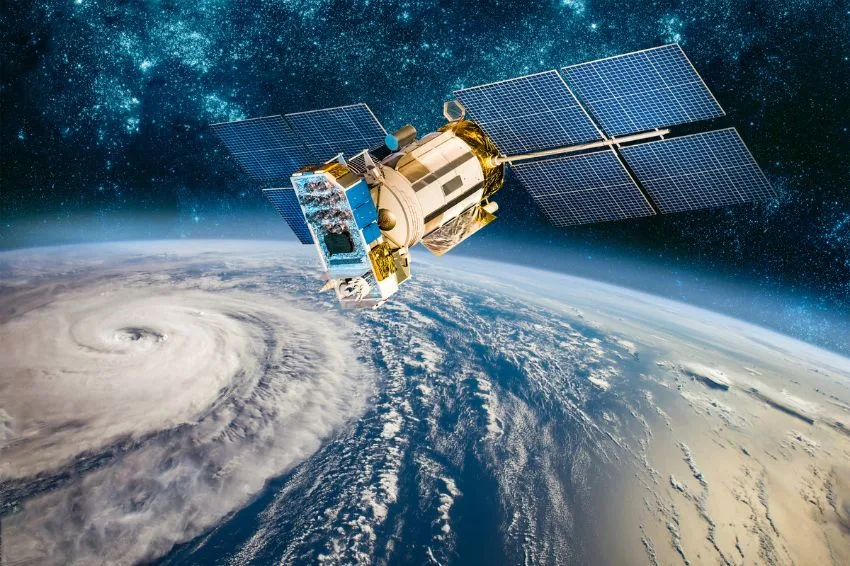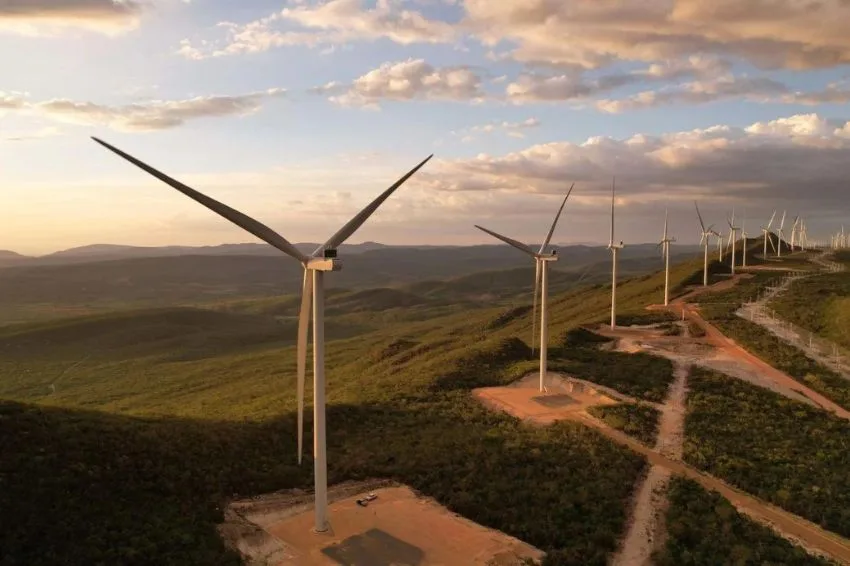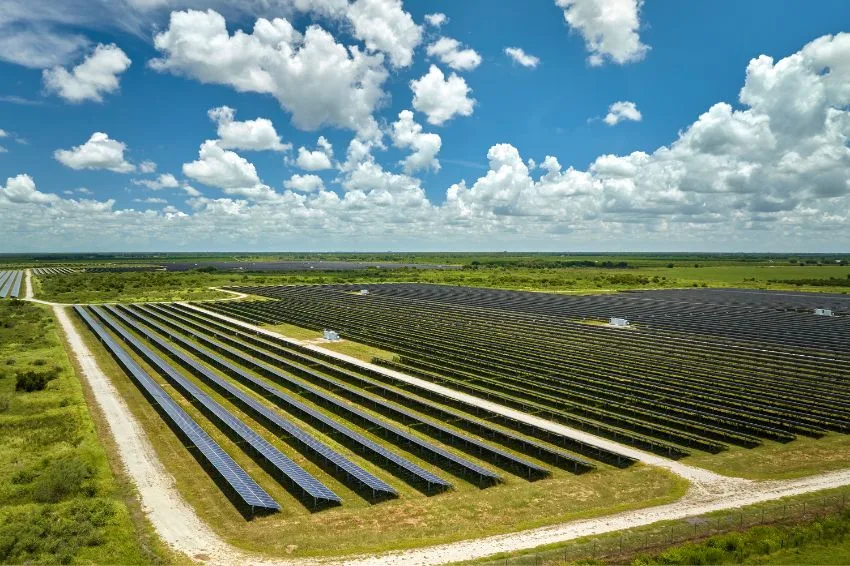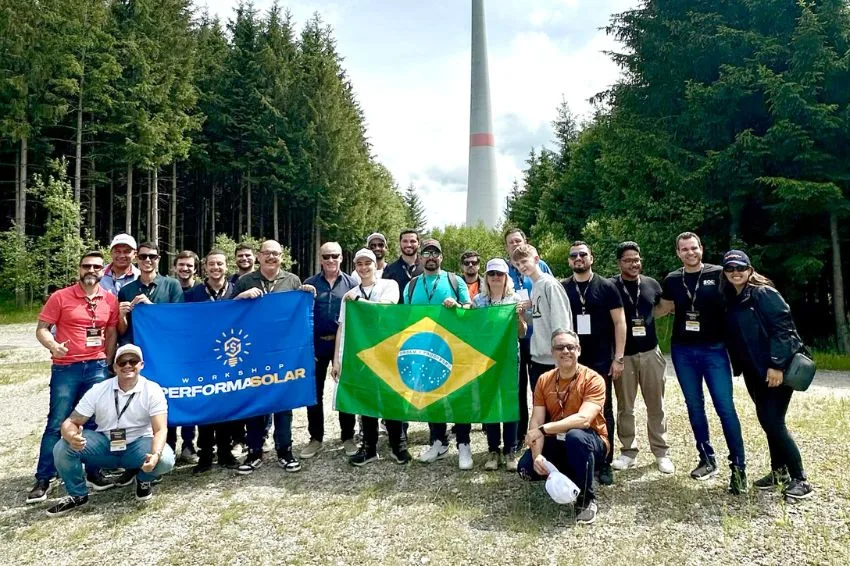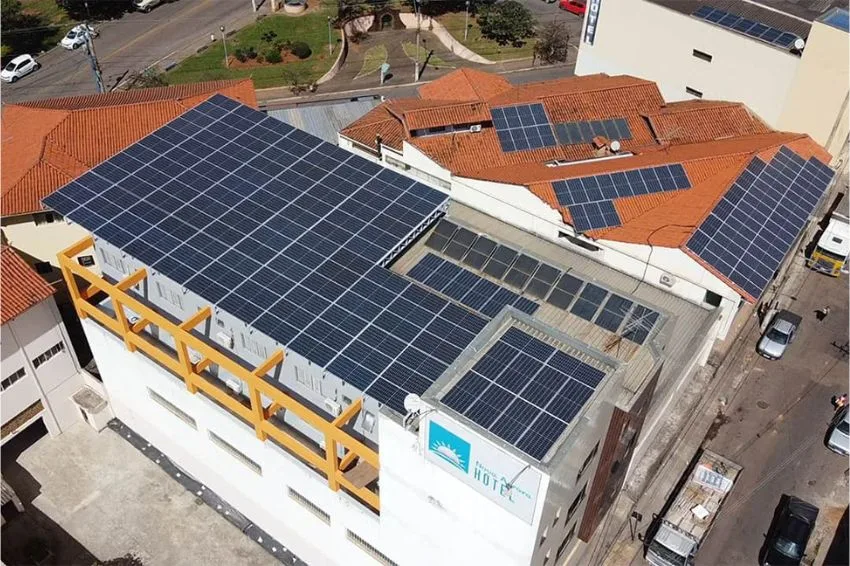"We have satellites with solar panels launched in space in the 1990s 1970 which are still in operation today.” That's what he said Vincent Yang, Commercial Director of HT-SAAE.
In an exclusive interview with Solar Channel, the executive spoke about how the space race boosted The Photovoltaics, highlighting the role of the manufacturer, founded in 1960, to develop solar technology for China's satellite program.
The company belongs to CASC (China Aerospace Science Technology Corporation) – government company founded in 1956, equivalent to American NASA – which began work on space R&D (research and development) at the time.
To give you an idea, the Vanguard 1, first solar-powered artificial satellite, was released on March 17, 1958 in the United States, two years later from the foundation from HT-SAEE.
Check out below the full interview performed with Yang.
How did the space race boost solar power?
HT-SAAE is the only solar panel manufacturer in China classified with aerospace technology and has more than 200 technical patents and 50 intellectual patents in the photovoltaic segment. There are more than 500 engineers dedicated to the R&D department. Our responsibility is related to the current space race.
We have satellites with HT-SAAE solar panels launched into space in the 1970s that are still in operation today. So, imagine the production quality we require in our manufacturing plants to guarantee efficiency in space projects.
Currently, Brazil has the chance to access this same technology on the roofs of houses and in centralized generation projects, all with the guarantee of a company with more than 60 years in the market.
The group's (CASC) numbers speak for themselves: there are more than 150 thousand employees around the world with a turnover of more than US$ 50 billion. When we look at photovoltaic production, the company stands out for having the entire production chain for a panel.
To be able to guarantee our quality, we had to invest in manufacturing parks that range from the extraction of silicon in our own factory in Mongolia, through the production of wafers and cells, to the final assembly of modules in our factory, located in Lianyungang, China, or in our factory in Turkey, aimed at the European and American market.
This is an advantage that sets HT-SAAE apart from its competitors. Even automakers with greater production capacity need to buy cells from third-party companies, and quality control can be compromised, something that does not happen with our products.
When did HT-SAEE enter the Brazilian market?
We have been in Brazil since 2013 with modules installed for over 10 years in operation, and many companies that are today leaders in Brazil did not even exist at that time.
During this period, we always worked timidly, with specific projects and with some partners who remain with us to this day (HCC, Intelbras, Afubra, Ecosul, Dufrio, among others).
We understand that the Brazilian market is maturing and, due to our strategy of focusing on quality, we are waiting for this maturity to enter at the right time, and the time has finally arrived.
What does it take to become an even more mature market? What can the country extract from countries like China, for example, to expand further?
We have already seen this happen in other markets such as Australia, India and the USA. In the beginning, countries accepted many brands and the main focus was price, but as time went by, problems began to appear and these markets began to look for quality.
I believe that Brazil in 2024 will go through this same transition and that is why we are here to contribute with the quality that the country needs.
How do you see the potential of the Brazilian solar energy market?
Brazil's maturity in solar energy will necessarily bring questions and understandings about the energy efficiency of each installation, and the quality and technology embedded in each equipment that makes up the installation will dictate the results of this efficiency.

We know that the purchase of a photovoltaic system still represents the investment of a considerable amount of money within the Brazilian economic reality. And in the same way that a layman in energy (end consumer) can understand the price difference between two similar but not the same items, such as two different cell phone models, for example, this consumer will learn to question the integrator and/or seller about energy efficiency.
Therefore, it is important to keep in mind the difference between the product's technical quality seals and the equipment manufacturer's CNPJ financial health seals. The Tier 1 seal exclusively represents the financial health of the product manufacturer's CNPJ, and has absolutely nothing to reference the quality of the equipment.
In other words, a CNPJ with a Tier 1 seal is, theoretically, able to receive bank financing in any country, but this Tier 1 CNPJ does not necessarily produce high-performance energy efficient equipment.
Some of the technical product quality seals known in Brazil are: TUV, PV Tech, PVEL, among others, and guarantee that the equipment awarded the quality seal corresponds to the respective technical requirements of each test/seal. However, they do not represent that the CNPJs that manufacture these products are financially healthy.
What are the latest developments from HT-SAAE, regarding module technology, for the solar sector in Brazil in 2024?
The company participated in Intersolar 2023 and is already presenting its N-Type TOPCon product, which promises to be the bestseller for the Brazilian market.
We have a product that has 23% of efficiency and our entire line guarantees “positive tolerance” of up to 3% over the nominal power of each panel, that is, you buy a 585 W module and in practice it will produce up to more than 600 W. Feature that If we look at some competitors, it doesn't happen, as we notice options with negative tolerance. Consequently, the end customer ends up being deceived.
We understand that the dissemination of all this information and our entry into the market will help the sector mature. As a Chinese state-owned company and with CASC, our national space agency controlling our company, we are responsible for maintaining a reputable and high-quality reputation as we carry the name of the Chinese nation across countries.
All content on Canal Solar is protected by copyright law, and partial or total reproduction of this site in any medium is expressly prohibited. If you are interested in collaborating or reusing part of our material, we ask that you contact us via email: [email protected].


